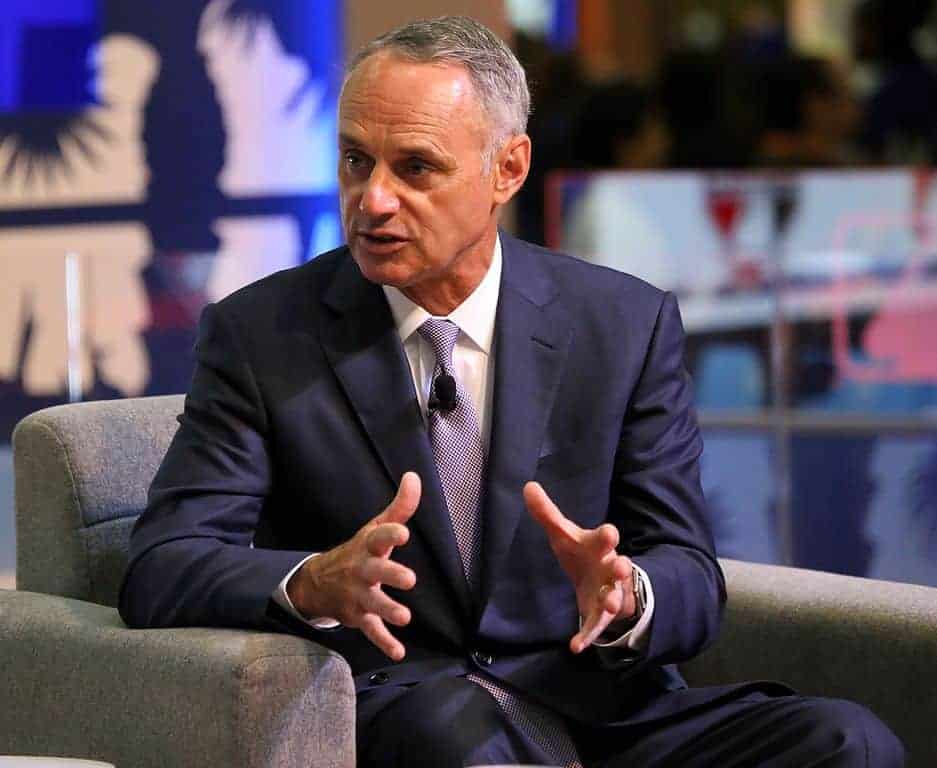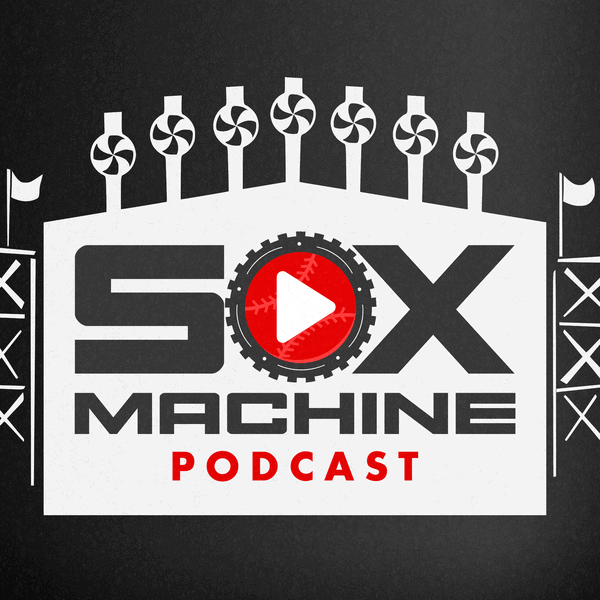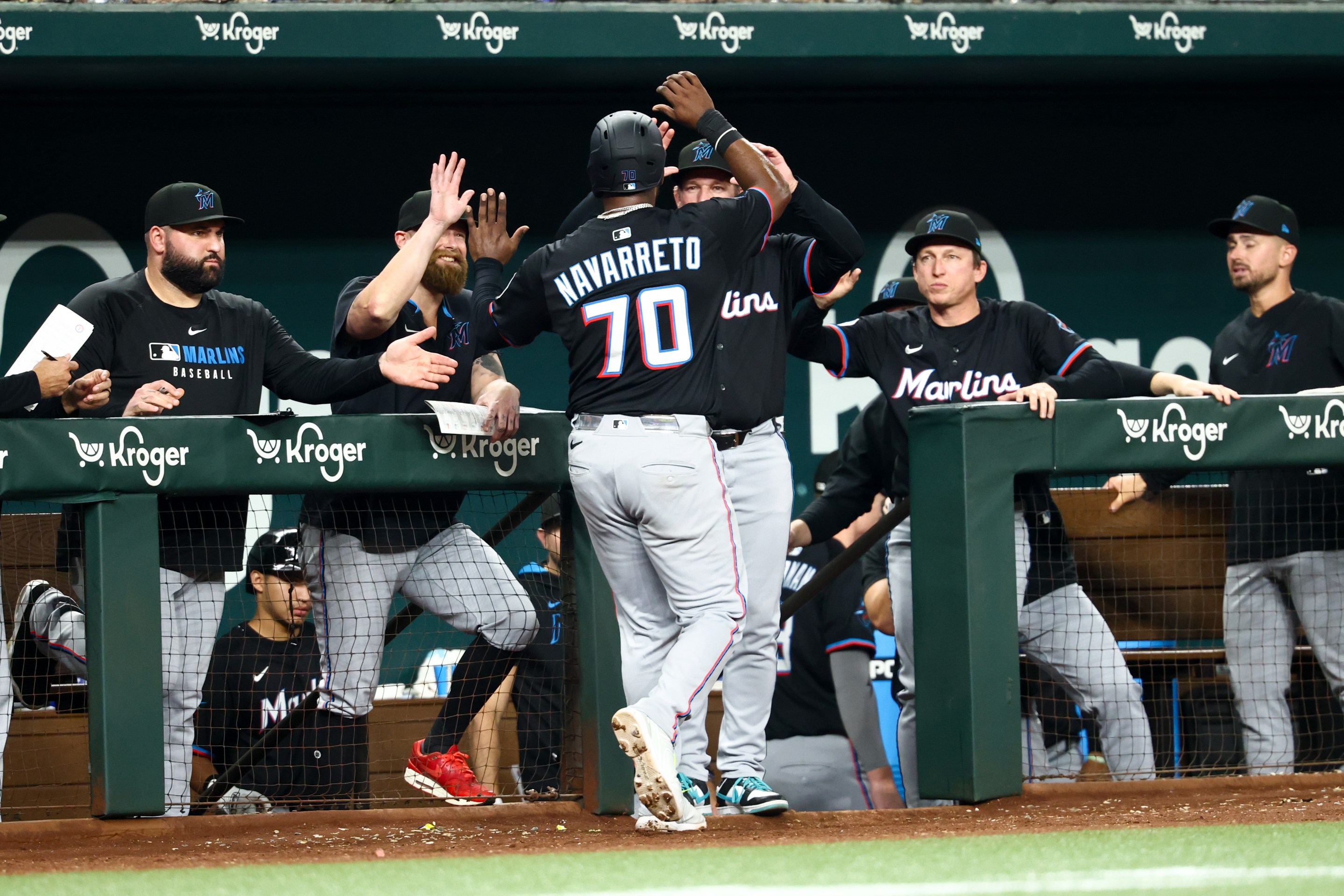A baseball fan might detect that tensions between the players and league are high when White Sox spring training cuts draw heat from unaffiliated and previously unconcerned parties.
With the union getting squeezed by service-time manipulation on the front end of their careers and a free agency freeze on the back, the first work stoppage since 1994-95 becomes rather easy to envision, making the remaining three years of the collective bargaining agreement a real slog.
It doesn't necessarily have to be, and it seems as though both sides are exploring what can be resolved before the expiration of the CBA according to a report from Jeff Passan.
Some new wrinkles regarding roster construction, trade deadlines and All-Star Game voting have already been established -- and we'll get to them in a bit -- but the big takeaway is the union and management will "imminently" begin discussing how to rectify the fundamentally broken and exploitable compensation system, perhaps because the size of the overhaul requires a lot more lead time.
While a compromise could be reached in distributing more money to the younger players whom the current system underpays, the complications of doing so warrant a long runway for discussions.
Other subjects to be broached include the manipulation of service time that keeps the best prospects in the minor leagues to begin a season, the luxury-tax threshold that some believe discourage spending, and the gathering of biometric data that has become commonplace among major league teams.
This might not do much for Eloy Jimenez, Dallas Keuchel or Craig Kimbrel, but considering teams have gotten increasingly comfortable stretching every loophole, future players might be encouraged by the league's willingness to address it sooner than later. Either that, or the actions of teams are a reason to remain highly skeptical.
As for the changes already coming down the pike:
One trade deadline: Effective this season, the league and union agreed to adopt a single non-waiver trade deadline on July 31, with no opportunities to make waiver-wire trades afterward. Ken Rosenthal sums up the pros (a hard deadline should spur action, deserving prospects can't be buried by veteran trades) and cons (teams can't address shortages from outside in case of late-season emergencies).
Expanding regular-season rosters: Come 2020, the league is expanding rosters from 25 to 26 players, with a cap of 13 pitchers. Maybe Adam Engel can be the ideal 26th man after all.
Shrinking September rosters: Teams will only be allowed to carry a maximum of 28 players and 14 pitches when rosters (slightly) expand, although Passan's story doesn't specify whether rosters can be tweaked from day to day or week to week.
All-Star Election Day: The league appears to be expanding its "Final Vote" idea to the entire lineup card.
Under the proposed plan, the standard online voting would take place starting this year. Upon its completion, the top three vote-getters at each position in each league would be on the ballot on Election Day, and whichever players received the most votes on that single day would determine the All-Star starters, according to sources.
Setting aside the increased muting necessary to make Twitter usable during the Election Day period, most of these changes seem reasonable, so long as they can be retracted should the unintended consequences be unconquerable. Removing August trades might hurt pennant races more than they help them, but at least in that respect, the White Sox will get the opportunity to learn from the sidelines where the new rules go wrong.
Update (10:50 a.m.): I scheduled this post last night, so I didn't capture the changes coming to on-field rules in 2020:





